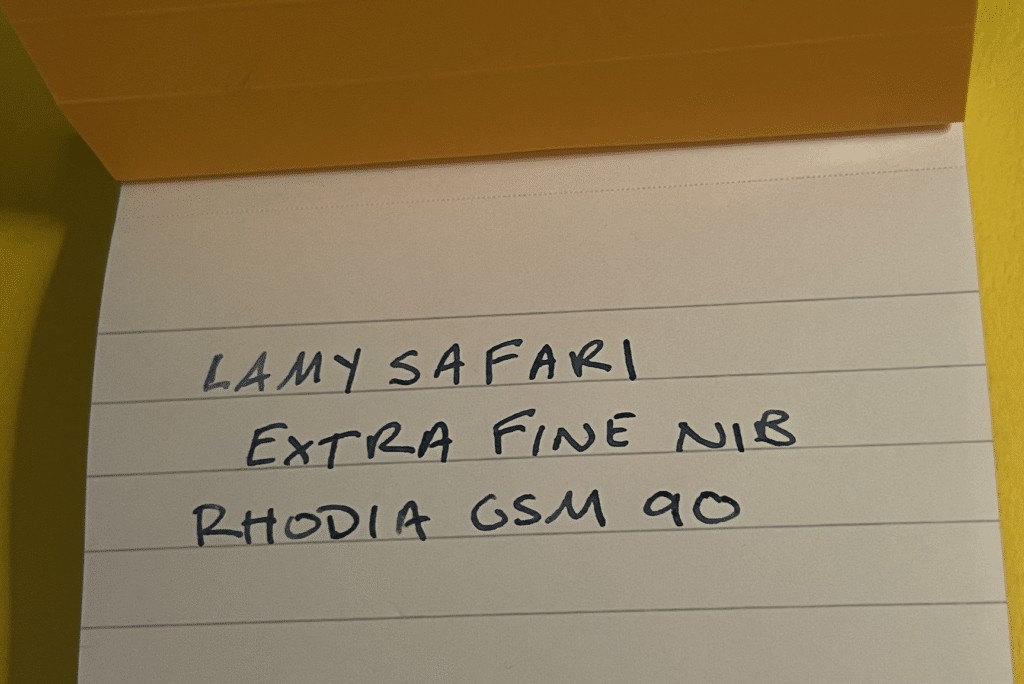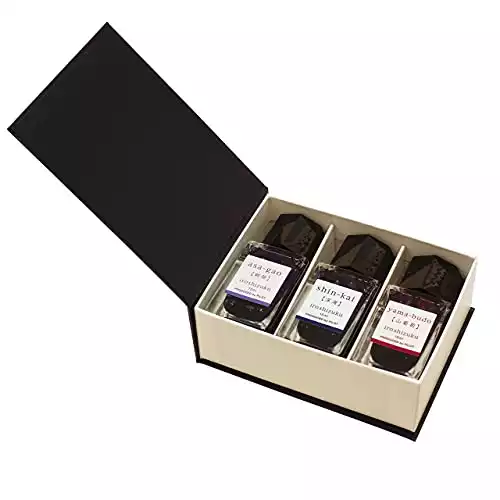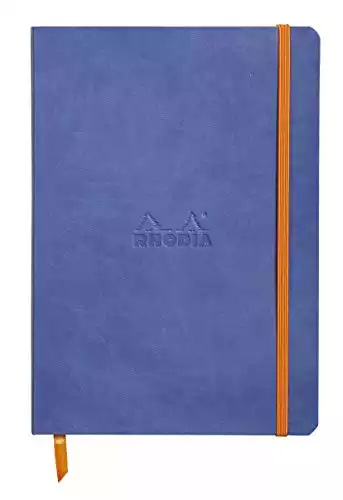Okay, so if you love bullet journaling, let’s talk about fountain pens. They’re not just for fancy letters anymore! Imagine those crisp lines, those awesome colors, all in your bullet journal. Trust me, it can seriously up your game.
Whether you’re a pro bullet journaler or just getting into it, let’s dive into the wonderful world of fountain pens for your spreads!
Choosing the Right Fountain Pen for Bullet Journaling
Journaling is a wonderful way to express yourself and keep track of your thoughts and ideas. And when it comes to journaling, nothing beats the elegance and beauty of a fountain pen. The smooth, flowing ink and the tactile sensation of the nib on paper make writing with a fountain pen a truly luxurious experience.
The first step in using a fountain pen for bullet journaling is selecting the right pen for your needs. Here are a few factors to consider:
The Nib: Your Pen’s Personality
Think of the nib as the part of the pen that determines your writing style. Do you crave those super crisp, thin lines for tiny details? Or maybe you like a bit more boldness? Fountain pens come with different nib sizes, so don’t be afraid to try a few out and find your favorite.
Ink: It’s All About Color and Flow
Imagine those gorgeous colors bringing your bullet journal pages to life! The key is finding inks that flow like a dream and dry quickly. We don’t want any smudging messing up your beautiful work. There’s a whole world of fountain pen inks to explore.
Blues, blacks, and browns are classic choices, while vibrant colors can add a pop of personality to your pages.
Some fountain pens are designed to work with only certain types of ink, so be sure to check the manufacturer’s recommendations before making your purchase.
Pilot Iroshizuku inks are among the best in the world. And that makes them perfect for lefties because they are super fast drying — meaning less smudging and ink stains.
Comfort is Key
You’ll be spending a good amount of time with your journaling pen, so make sure it feels good in your hand. Is it lightweight, or do you prefer something with a bit more heft? Think about the size, the grip – all those little details make a difference when you’re settling in for a journaling session.
It’s also worth considering the length of your writing sessions. If you plan to spend long periods of time journaling, a heavier pen may cause fatigue, while a lighter pen may be more comfortable.
Ultimately, choosing the right fountain pen for your bullet journaling needs is a personal decision. Take the time to explore different options and find the pen that feels like an extension of your hand.
Bottom Line: Have Fun With It!
Don’t stress too much about finding the “perfect” pen right away. The joy of fountain pens is in the discovery – trying new nibs, testing out inks, and finding what makes your bullet journaling experience even more awesome.
It’s important to note that not all fountain pens have interchangeable nibs, so be sure to choose a pen with the nib that best suits your needs.
Setting Up Your Bullet Journal for Fountain Pen Use
Once you’ve selected your fountain pen, it’s time to set up your bullet journal for optimal use. Here’s what to do:
Choosing the Right Paper
Not all paper is created equal when it comes to fountain pen use. Look for paper that is thick and high-quality, with a smooth finish that won’t bleed or feather. Some popular options notebooks for fountain pens include Rhodia, Leuchtturm1917, and Clairefontaine.
Rhodia notebooks are a popular choice among fountain pen enthusiasts for a great combination of price, paper weight, and durability.
It’s important to note that not all paper labeled as “fountain pen friendly” will work well with every fountain pen. The ink flow and nib size of your pen can also affect how the paper performs. Experiment with different paper types to find the one that works best for your specific pen and ink combination.
Creating a Pen Test Page
Before you start filling in your journal, take a few test strokes on a separate page to get a feel for how your pen writes on the paper. This will help you avoid any smudging or bleeding later on.

When creating your pen test page, try writing with different pressures and angles to see how the ink behaves. You may also want to test different ink colors to see how they look on the paper.
Establishing an Index and Key
Create an index at the front of your journal to help you keep track of important pages and content. This will make it easier to find specific information later on.
You may also want to establish a color-coded key to help you visually differentiate between tasks, events, and other elements of your journal. For example, you could use red for urgent tasks, green for personal appointments, and blue for work-related tasks.
When creating your key, it’s important to choose colors that work well with your ink and paper. Some colors may appear dull or faded on certain paper types, while others may bleed or smudge.
Adding Decorative Elements
Once you have the basic structure of your bullet journal set up, you can start adding decorative elements to make it more visually appealing. This can include hand-drawn borders, stickers, washi tape, and more.
When adding decorative elements, it’s important to use materials that won’t bleed or smudge on your paper. You may also want to experiment with different pens and markers to find the ones that work best for your journal.
Remember, the goal of a bullet journal is to help you stay organized and focused. While decorative elements can be fun and add personality to your journal, they should never detract from its functionality.
Download this cheatsheet and get expert solutions for the 13 most common pen problems.
Get The FREE CheatsheetMastering Fountain Pen Techniques for Bullet Journaling
Now that you’ve selected your pen and set up your journal, it’s time to start honing your skills. Here are a few key techniques to focus on:
Proper Pen Grip and Writing Angle
One of the most important aspects of using a fountain pen is holding it correctly. A proper pen grip and writing angle can make all the difference in the quality of your writing. Hold your pen at a comfortable angle, with the nib resting lightly on the paper. You should be able to write smoothly without putting too much pressure on the pen or creating uneven line widths. If you’re not sure what angle is best for you, experiment with different positions to find what feels most natural.
Another important factor to consider is the grip you use. Some people prefer to hold their pen with their fingers close together, while others prefer a wider grip. The key is to find a grip that allows you to write smoothly and without strain.
Achieving Consistent Line Widths
Consistent line widths are essential for creating a polished and professional-looking journal. To achieve this, practice applying different levels of pressure to your pen. By varying the pressure, you can create lettering with a nice contrast and highlight the most important parts of your journal.
It’s important to note that achieving consistent line widths takes practice. Don’t get discouraged if your writing doesn’t look perfect right away. Keep practicing, and you’ll soon develop the muscle memory needed to create beautiful, even lines.
Experimenting with Calligraphy and Hand Lettering
If you’re feeling adventurous, try experimenting with calligraphy and hand lettering to add some artistic flair to your journal. Calligraphy is the art of beautiful writing, and it can take your bullet journaling to the next level.
There are plenty of online resources and tutorials to help you get started with calligraphy and hand lettering. Many of these resources offer step-by-step instructions and practice exercises to help you master the basics.
Remember, the key to mastering any new skill is practice. Set aside time each day to work on your fountain pen techniques, and before you know it, you’ll be creating beautiful, personalized bullet journals that you can be proud of.
Fountain Pen Maintenance for Bullet Journaling
If you are a fan of bullet journaling, then you know how important it is to have the right tools to make your journaling experience enjoyable. One of the most important tools for bullet journaling is a fountain pen. Fountain pens are known for their smooth writing and the elegance they add to any written work. However, like any other tool, a fountain pen requires proper maintenance to ensure it performs optimally.
By following these tips, you can ensure that your fountain pen remains in top condition for years to come.
Liz
Hey, I'm Liz. I'm the founder of this thing. Pen-obsessed and a notebook nut, I love writing by hand. So I'm gonna talk about it on a computer.Download this cheatsheet and get expert solutions for the 13 most common pen problems.
Get The FREE Cheatsheet

